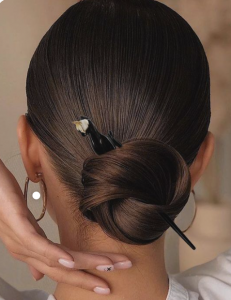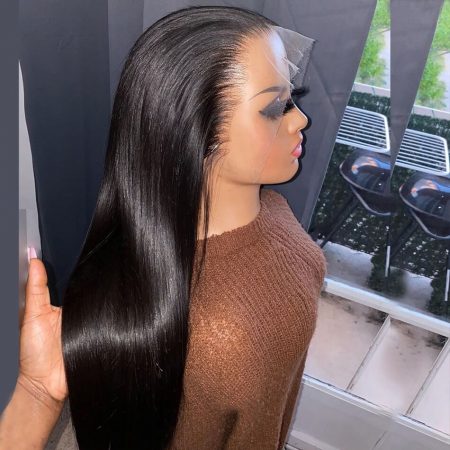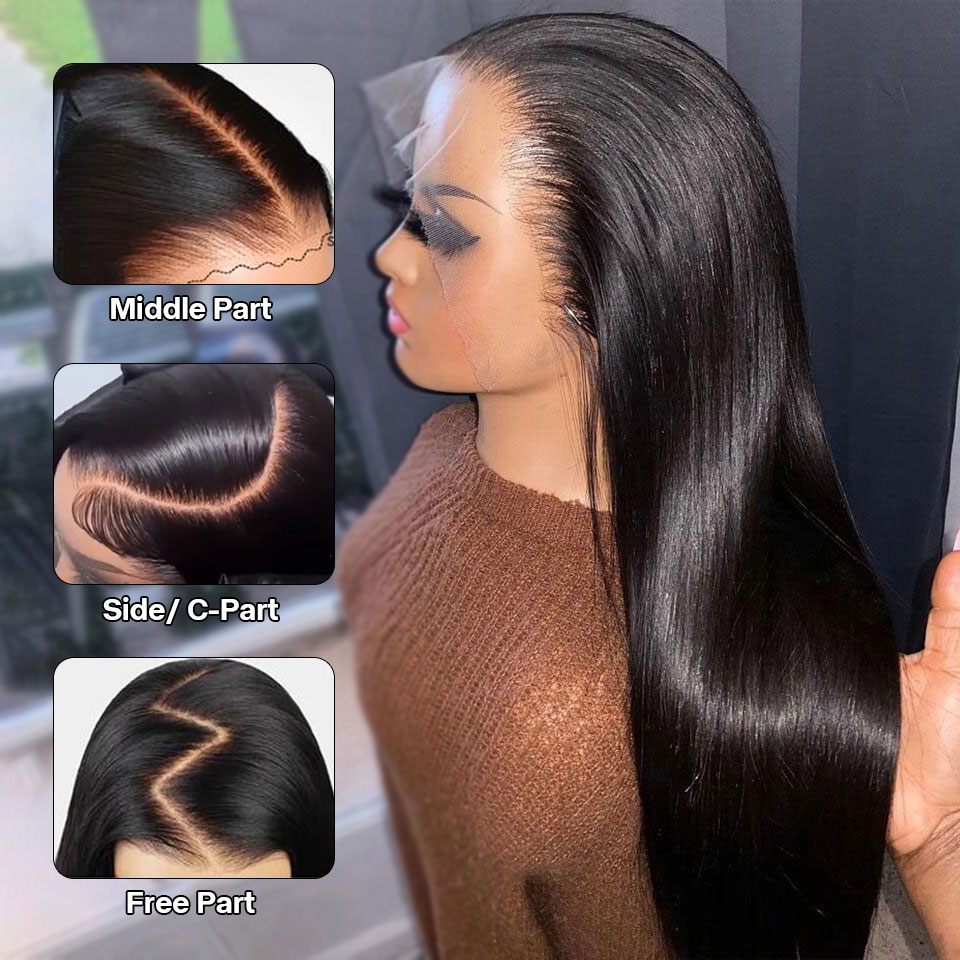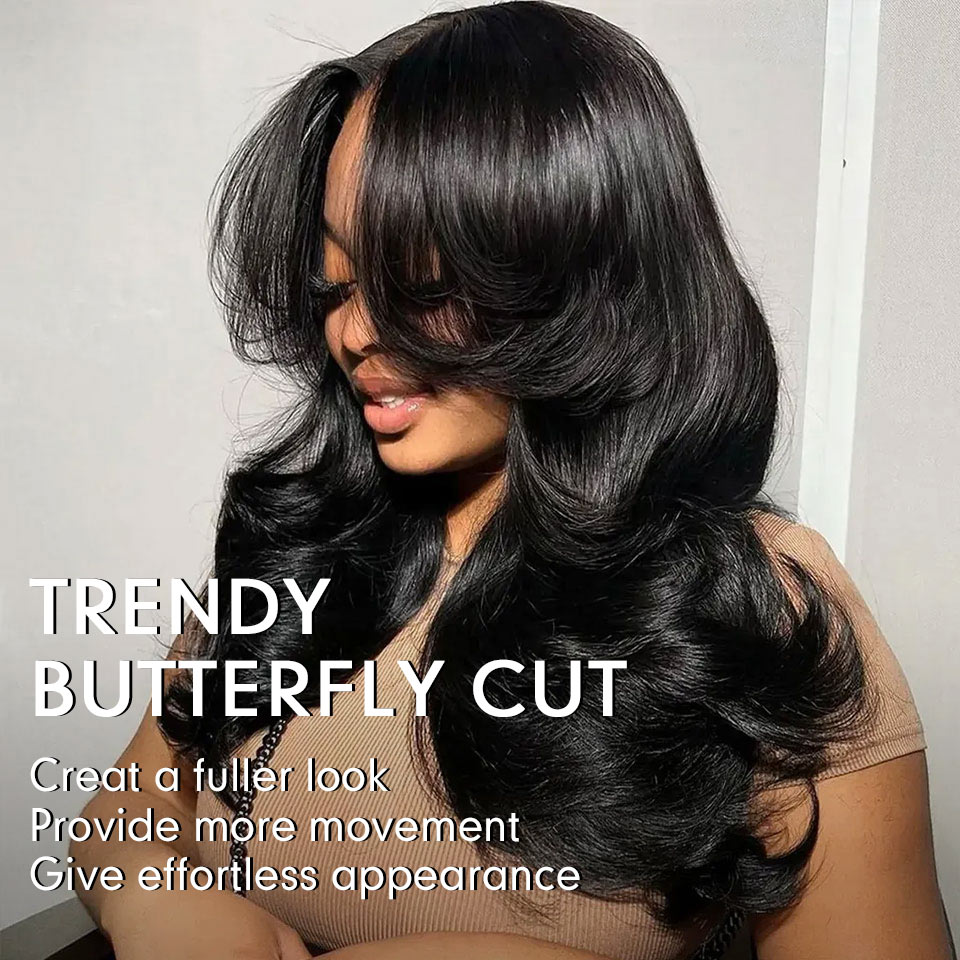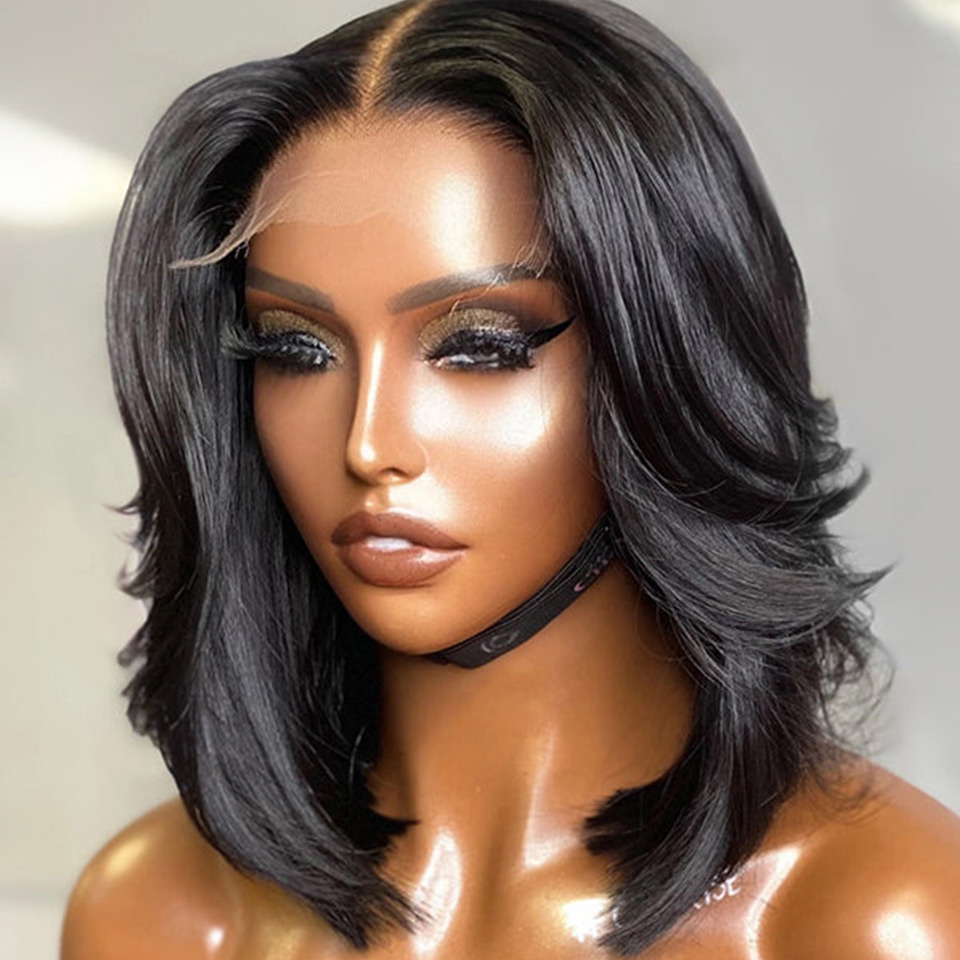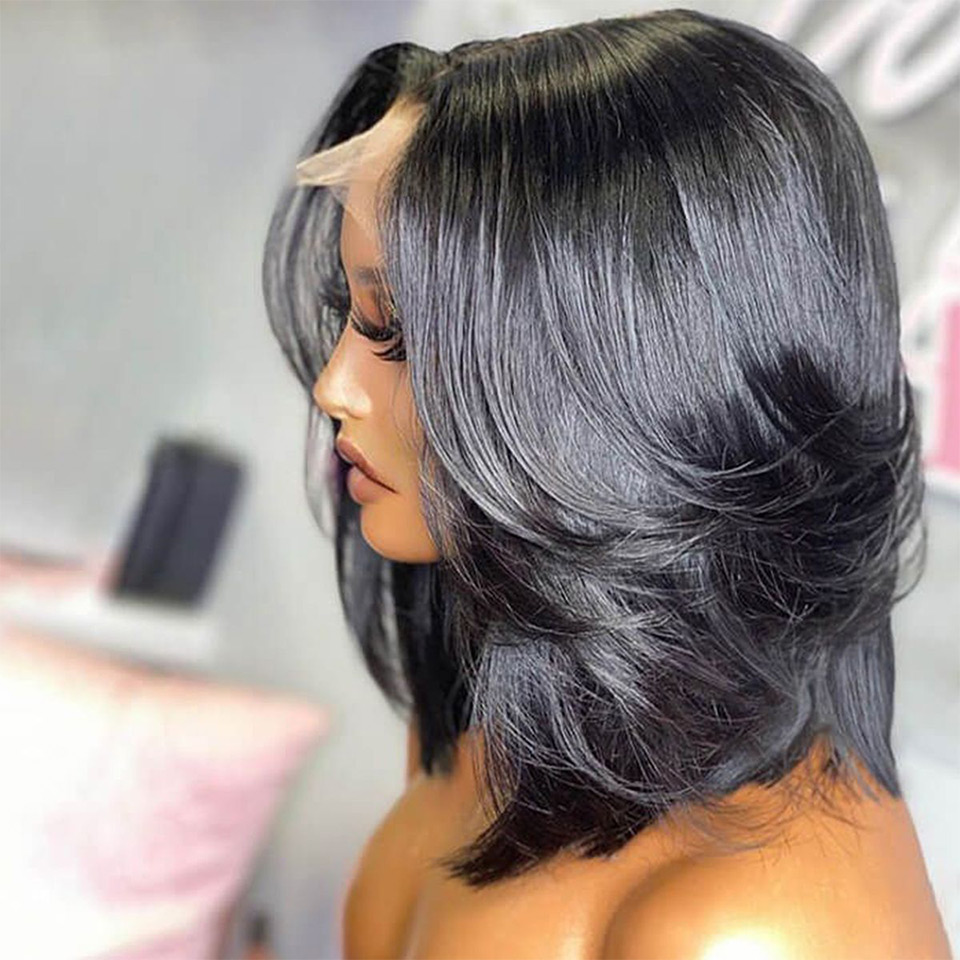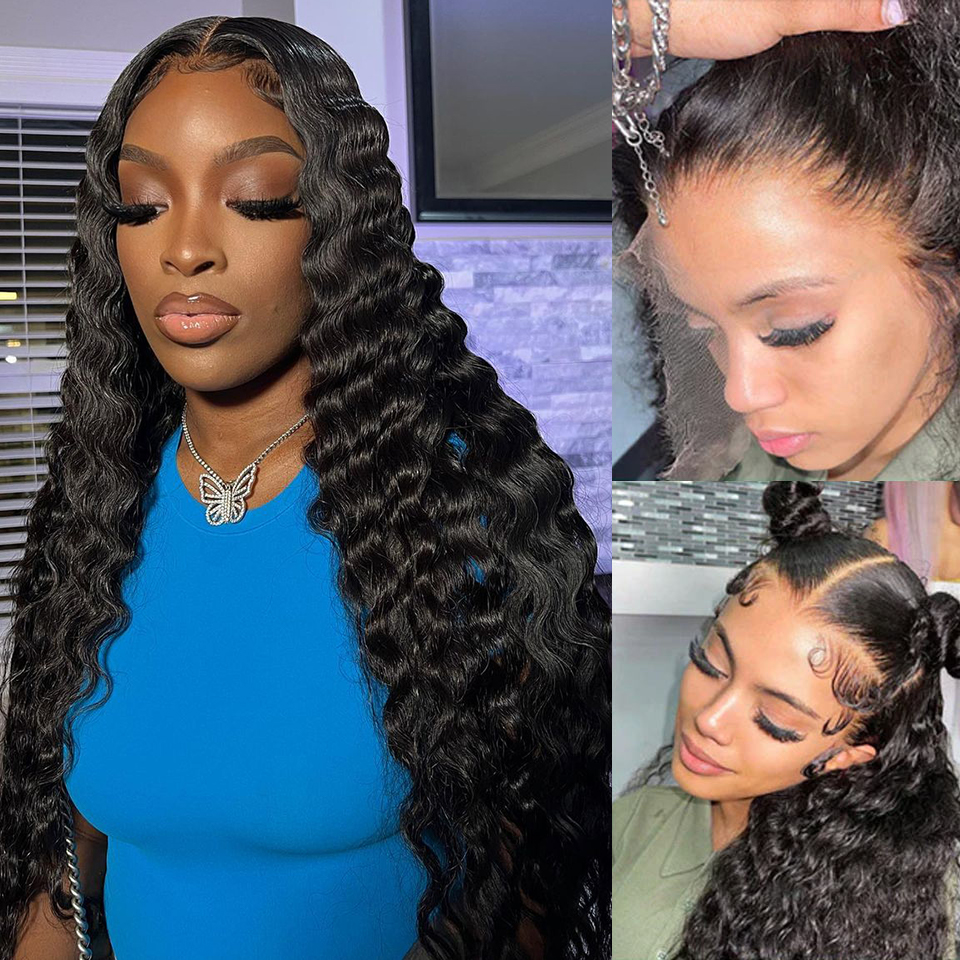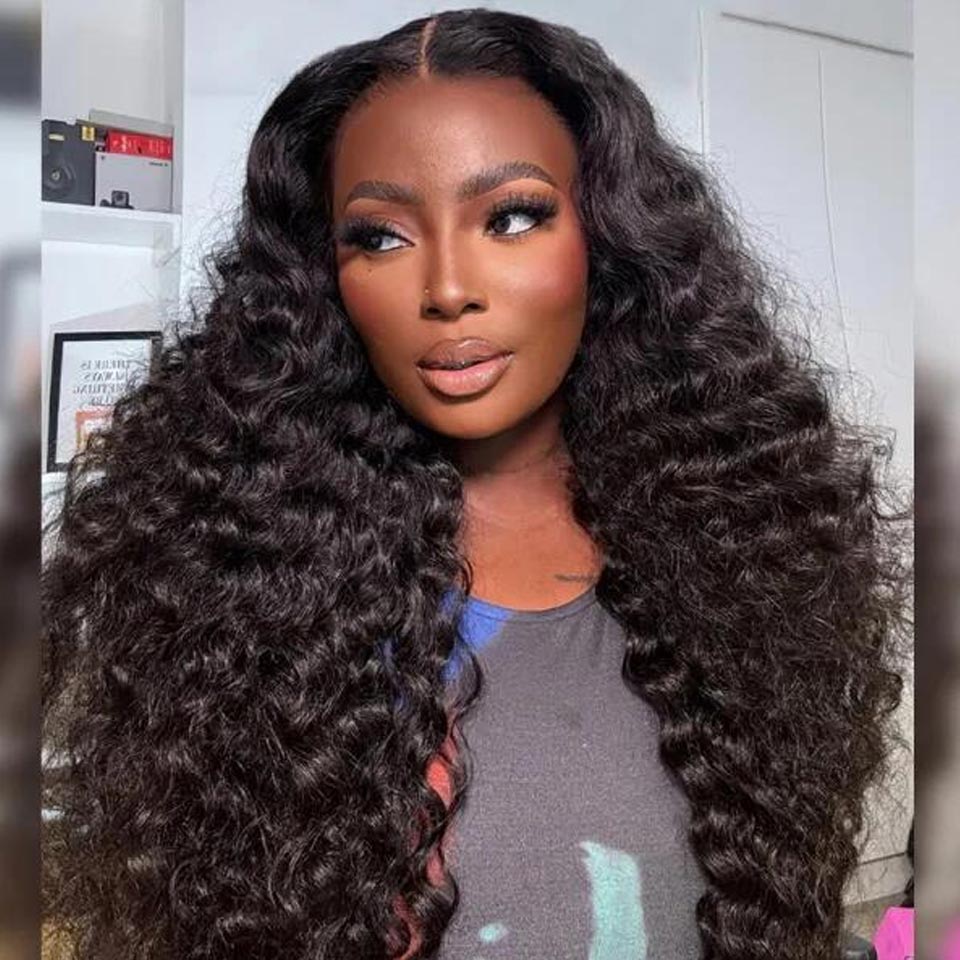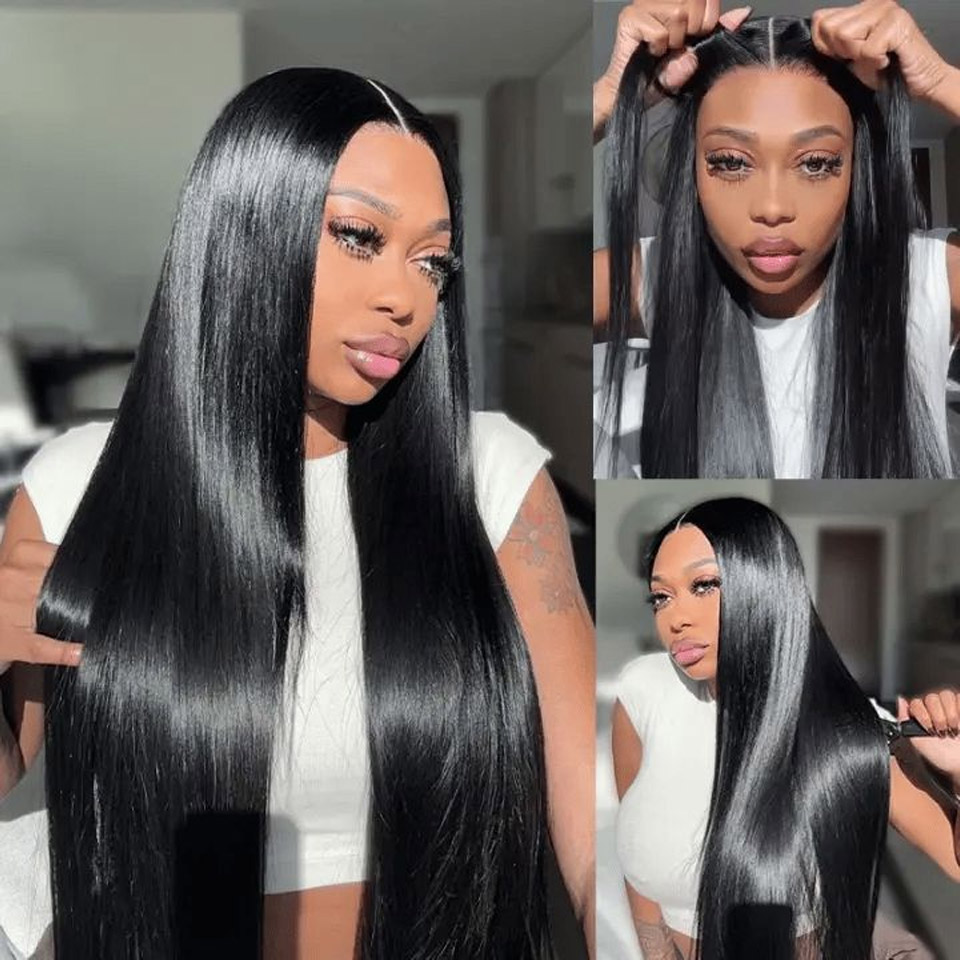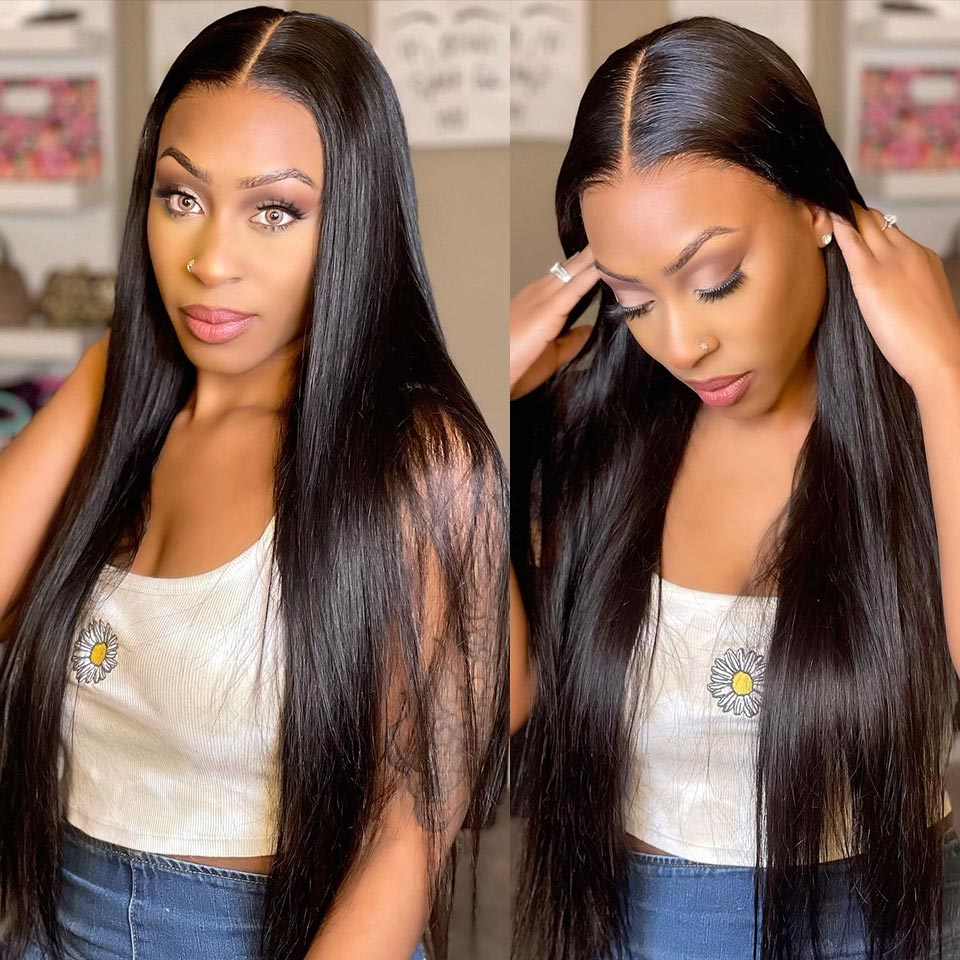Wearing a wig can be an exciting and transformative experience, whether you’re looking to change your hairstyle temporarily, cover hair loss, or experiment with different looks. However, if you’re new to the world of wigs, understanding the proper techniques for wearing them is essential to achieve a natural, comfortable, and confident appearance. In this comprehensive guide, we will explore the various aspects of wearing your first wig, from choosing the right wig to putting it on and maintaining it. By the end of this article, you’ll be equipped with the knowledge and skills to wear your wig with ease and style.
Selecting the perfect wig.
Before diving into the art of wig application, it’s crucial to choose the right wig that suits your needs and preferences. The perfect wig can make the application process smoother and ensure a more natural look. Here are some key considerations when selecting your first wig:
Wig material.
Wigs come in various materials, each with its advantages and disadvantages. Common wig materials include:
Synthetic: Affordable and easy to maintain, synthetic wigs offer a wide range of styles and colors. However, they may not look as natural as human hair wigs and are less heat-resistant.
Human hair: These wigs provide the most natural look and feel. You can style them like your own hair, and they are highly versatile. However, they require more maintenance and tend to be more expensive.
Blends: Some wigs combine both human hair and synthetic materials, offering a balance between affordability and a natural appearance.
Wig style.
The style of the wig is a personal choice that depends on your desired look. Options include:
360 lace wig:
A 360 lace wig is a type of wig that has lace all around the perimeter, which allows for versatile styling options. You can part your hair anywhere on the wig, and it provides a natural-looking hairline all the way around.
Lace front wig:
Lace front wigs are a popular choice for their natural appearance. These wigs have lace in the front, typically from ear to ear, which mimics a natural hairline. The rest of the wig cap may be made from different materials, such as a monofilament or wefted cap.
Wear & go glueless wig:
Glueless wigs are designed to be worn without the need for adhesive or wig glue. They often have adjustable straps and combs for a secure fit. These wigs are convenient and easy to put on and take off.
Lace closure wig:
A lace closure wig features a small piece of lace with hair attached to it, which is used to close off a weave or wig installation. It provides a natural-looking part or hairline in the front, but the rest of the wig cap may be constructed differently.
Pre-bleached wig:
Pre-bleached wigs are designed for individuals who prefer a lighter hair color. The wig comes with the knots on the lace front or closure already bleached, making it easier to achieve a more realistic look when parting the hair.
Wig length and color.
Consider the length and color that will best suit your style and needs. Do you want a short bob, long flowing locks, or something in between? When it comes to color, you can choose from a vast array of natural shades or experiment with bold, vibrant colors.
Wig cap size.
Ensure that you select a wig cap size that fits your head comfortably. A well-fitting cap ensures a secure and natural look.
Preparing your natural hair.
Before applying your wig, it’s essential to prepare your natural hair to ensure a seamless and comfortable fit.
Clean and dry hair.
Start by washing and conditioning your natural hair. It should be clean and completely dry before putting on your wig. Oily or damp hair can affect the way the wig adheres to your head.
Use a wig cap.
Consider wearing a wig cap or wig liner to keep your hair in place. This will also help protect your natural hair from friction with the wig, reducing the risk of breakage.
Applying your wig.
Now that you’ve chosen the perfect wig and prepared your natural hair, it’s time to learn how to properly apply it.
Adjust the wig cap.
If your wig has an adjustable cap, adjust the straps to fit your head comfortably. Make sure it’s snug but not too tight. This step is crucial to ensure your wig stays in place.
Prepare the wig.
Hold your wig upside down and gently shake it to fluff the hair. This will help prevent any tangles and give your wig a more natural appearance. You can also use a wig brush or comb to style the wig as desired.
Position the wig.
Place the wig on your head, starting from the front. The front of the wig should align with your natural hairline. Gently pull the wig over your head, ensuring it’s snug but not too tight.
Secure the wig.
If you’re wearing a full lace wig or lace front wig, use wig adhesive or double-sided wig tape to secure it in place. Follow the manufacturer’s instructions for application.
Adjust for comfort.
Make sure the wig is sitting comfortably on your head, with the ear tabs aligned with your ears. If necessary, adjust the wig’s position to ensure it’s symmetrical and looks natural.
Styling your wig.
Once your wig is securely in place, you can style it to achieve the desired look. Here are some tips for styling your wig:
Parting.
If your wig allows for different parting options, create a part that suits your style. You can use a comb or your fingers to part the wig hair.
Heat styling.
Human hair wigs can be heat-styled just like natural hair. You can use heat tools like straighteners, curling irons, and blow dryers to achieve your desired hairstyle. However, be cautious and use heat protectant products to prevent damage.
Accessories.
Enhance your wig’s style with accessories like headbands, scarves, or clips. These can add a personal touch to your look and make it more unique.
Maintenance.
Regular maintenance is essential to keep your wig looking its best. Brush or comb your wig gently to prevent tangles, and store it on a wig stand or in its original packaging when not in use.

How to clean a wig?
Cleaning a wig is an essential part of maintaining its appearance and longevity. Whether you have a synthetic or human hair wig, regular cleaning is necessary to remove dirt, oils, and styling products that can accumulate over time. Here’s a step-by-step guide on how to clean a wig:
Materials you’ll need:
Wig brush or wide-tooth comb
Wig stand or mannequin head
Mild wig shampoo
Cool water
A basin or sink
Towel
Conditioner (for human hair wigs)
Step-by-step instructions:
Brush or comb the wig:
Before cleaning your wig, gently detangle it using a wig brush or a wide-tooth comb. Start at the tips and work your way up to the roots, being careful not to pull on the hair. This helps prevent further tangling during the washing process.
Prepare the basin or sink:
Fill a basin or sink with cool water. Avoid using hot water as it can damage synthetic wigs or cause human hair wigs to lose their shape.
Add wig shampoo:
Mix a small amount of mild wig shampoo in the water. Be sure to use a wig-specific shampoo to protect the wig’s fibers. Follow the manufacturer’s instructions for the recommended amount.
Submerge the wig:
Gently submerge the wig in the soapy water. Avoid rubbing or scrubbing the wig, as this can cause tangling and damage. Instead, let the wig soak for about 5-10 minutes to allow the shampoo to work.
Gently agitate the water:
After soaking, lightly agitate the water with your fingers to remove dirt and debris. Be gentle to avoid tangling the hair.
Rinse the wig:
Drain the soapy water and refill the basin or sink with clean, cool water. Rinse the wig by gently swishing it in the water. Continue rinsing until all the shampoo is removed, and the water runs clear.
Condition (For human hair wigs):
If you have a human hair wig, apply a small amount of wig-specific conditioner to the hair, avoiding the roots. Allow it to sit for a few minutes to keep the hair soft and manageable.
Rinse again:
Rinse the wig thoroughly with cool water to remove the conditioner.
Blot dry with a towel:
Place the wig on a clean towel and gently blot it to remove excess water. Avoid wringing or twisting the wig, as this can damage the fibers.
Place on a wig stand or mannequin head:
Put the wig on a wig stand or mannequin head to maintain its shape while drying. Make sure it’s in its natural style.
Air dry:
Allow the wig to air dry completely in a cool, well-ventilated area. Do not use heat sources like hair dryers, heated rollers, or direct sunlight to dry the wig, as this can damage synthetic fibers and cause human hair wigs to lose their luster.
Style as desired:
Once the wig is dry, you can style it using heat tools for human hair wigs, following the recommended temperature settings and using heat protectant products. Synthetic wigs should not be heat-styled unless they are specifically labeled as heat-resistant.
Brush or comb again:
After the wig is dry and styled, gently brush or comb it to achieve the desired look. Start at the tips and work your way up.
Removing your wig.
Taking off your wig should be done with care to avoid any damage or discomfort. Here’s how to remove your wig properly:
Wig adhesive removal.
If you used wig adhesive or tape to secure your wig, carefully follow the manufacturer’s instructions for removal. Gently lift the edges and slowly peel the wig away from your head. Using a specialized adhesive remover can make this process easier and more comfortable.
Be gentle.
When removing your wig, avoid tugging or pulling on the hair. It’s best to take your time and handle the wig delicately.
Is it bad to wear a wig every day?
Wearing a wig every day is not inherently bad, but there are some important considerations and potential effects to keep in mind. Firstly, maintaining scalp health is crucial. Wearing a wig daily may limit the exposure of your scalp to air, potentially leading to scalp issues if proper care is not taken. Therefore, it’s essential to periodically allow your scalp to breathe by removing the wig and gently cleansing it. Secondly, if you have natural hair under the wig, it’s vital to maintain a healthy hair care routine to prevent damage and hair loss. Regularly wash and condition your hair, keep it moisturized, and avoid excessive tension from tight wig caps or hairstyles that may be pulling on your natural hair. Comfort is another key consideration. Some people may find wearing a wig every day comfortable, while others might experience discomfort, especially if the wig is not the right size or the fabric isn’t breathable. Hence, choosing a well-fitted, breathable wig can be more suitable for daily wear. Lastly, regular maintenance is essential to ensure both your natural hair and the wig remain in good condition. Daily wear may necessitate more frequent cleaning and styling. In summary, whether wearing a wig every day is “bad” depends on individual preferences, comfort, and how well you care for your natural hair and the wig itself. It’s essential to prioritize scalp health, choose a comfortable and breathable wig, and follow proper maintenance and cleaning routines to ensure both your natural hair and the wig remain in good condition. If you experience discomfort or notice any issues, it’s advisable to consult with a wig specialist or dermatologist for guidance and solutions.
Be brave.
Wearing your first wig is an art that requires proper knowledge, care, and practice. From selecting the ideal wig to mastering the application process and maintaining it, this comprehensive guide has equipped you with the skills and information needed to wear your wig with confidence and style. Remember that it may take some time to adjust to your new look, but with patience and the right techniques, you can enjoy the transformative and empowering experience that wearing a wig can provide. So, go ahead and embrace your unique style, one wig at a time.







